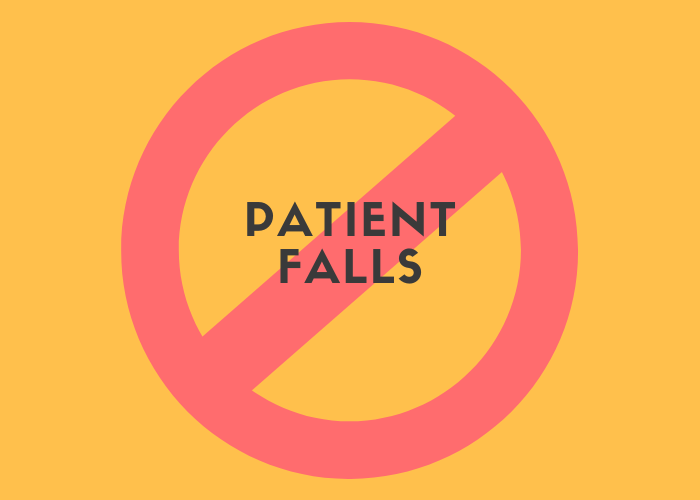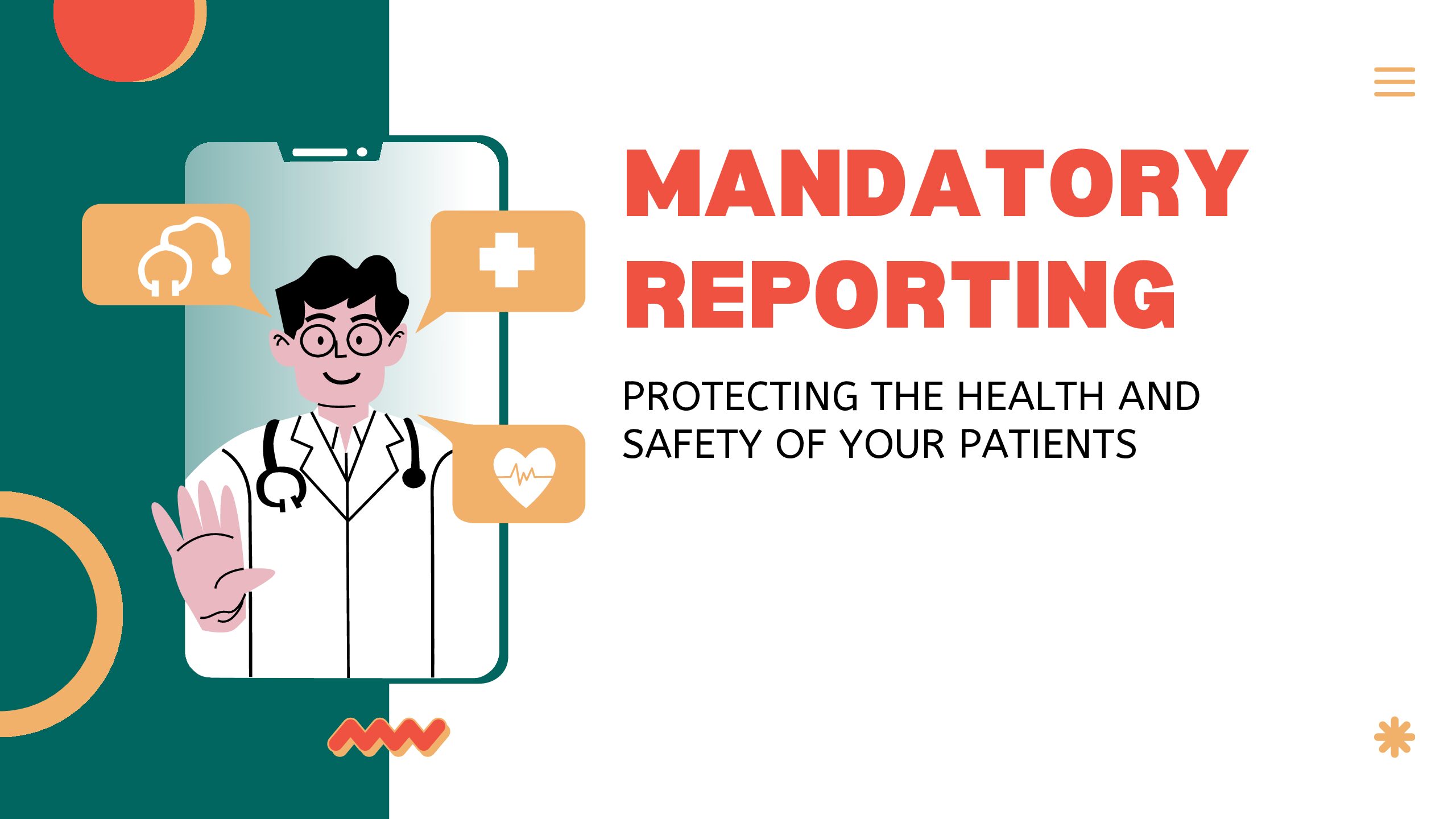Falls can cause serious injuries, so it’s important to take steps to prevent them. By being careful and following these tips, you can help keep your patients safe from falls.
What May Contribute to Falls
Several things can make a patient more likely to fall. Understanding these factors can help you take steps to reduce the risk. Here are some common reasons why falls may happen:
- Poor Lighting
- Dimly lit rooms or hallways make it hard to see obstacles, increasing the risk of tripping and falling.
- Cluttered or Slippery Floors
- Items on the floor, spills, or slippery surfaces can cause trips and falls.
- Uneven Surfaces
- Uneven floors, loose rugs, or steps can be tripping hazards.
- Weak or Unsteady Legs
- If a patient’s legs are weak or unsteady, they are more likely to lose balance and fall.
- Medications
- Some medications can cause dizziness or drowsiness, making it harder for patients to stay steady on their feet.
- Improper Use of Mobility Aids
- Using walkers, canes, or wheelchairs incorrectly can increase the risk of falls.
- Health Conditions
- Conditions like arthritis, vision problems, or inner ear issues can affect balance and coordination.
- Footwear
- Wearing loose, slippery, or inappropriate footwear can lead to falls.
Factors That Increase the Risk of Falls
Certain factors can make a patient more likely to fall. Knowing these risk factors helps in taking preventive actions:
- Age
- Older adults are more at risk for falls due to age-related changes in strength, balance, and coordination.
- Previous Falls
- A history of falls increases the chance of future falls.
- Muscle Weakness
- Weak muscles, especially in the legs, make it harder to maintain balance.
- Balance Problems
- Issues with balance or coordination increase the risk of falling.
- Vision Impairments
- Poor vision can make it difficult to see obstacles and judge distances, leading to falls.
- Environmental Hazards
- Hazards like uneven floors, poor lighting, or clutter in the home can increase the risk.
- Medications and Side Effects
- Some medications can cause side effects like dizziness or confusion, which can increase fall risk.
- Chronic Health Conditions
- Conditions like diabetes or cardiovascular diseases can affect balance and increase fall risk.
Tips for Fall Prevention
- Keep the Home Safe
- Remove Clutter: Keep floors clear of items that could cause trips.
- Clean Up Spills: Wipe up any spills right away.
- Secure Rugs and Mats: Use non-slip mats or tape down loose rugs.
- Ensure Good Lighting
- Brighten Rooms: Make sure rooms are well-lit.
- Use Nightlights: Place nightlights in key areas.
- Assist with Walking and Moving
- Use a Gait Belt: For extra support when walking.
- Stay Close: Be ready to assist if needed.
- Encourage Slow Movements: Remind the patient to move carefully.
- Lock and Position Equipment
- Lock Bed Wheels: Before moving patients.
- Lock Wheelchair Wheels: Before assisting patients in or out.
- Use Proper Body Mechanics
- Bend Your Knees: Use your legs to lift, not your back.
- Spread Your Feet: For balance when lifting heavy objects.
- Avoid Twisting: Move your feet instead of twisting your back.
- Ensure Safe Footwear
- Wear Non-Slip Shoes: To prevent slipping.
- Avoid Loose Shoes: To prevent tripping.
- Communicate with the Patient
- Explain Movements: Let the patient know what to expect.
- Listen to Concerns: Offer extra support if needed.
- Regularly Check for Hazards
- Inspect the Home: Fix potential hazards like loose handrails or uneven floors.
- Check Equipment: Ensure medical equipment is in good condition.
- Stay Alert and Focused
- Be Aware of Your Surroundings: Pay attention to what’s around you.
- Don’t Rush: Take your time with tasks.
- Report and Document
- Report Hazards: Report issues like loose handrails or wet floors.
- Document Falls: Report and document any falls that occur.
Falls are a common and serious risk for patients, especially those with limited mobility or cognitive impairments. As a home health aide, it’s crucial to create a safe environment by removing hazards, using assistive devices properly, and always being mindful of the patient’s condition. Encourage the patient to wear non-slip footwear, keep pathways clear, and ensure proper lighting. Regularly monitor the patient’s physical and mental health to identify any changes that might increase their fall risk. By taking these precautions, you can significantly reduce the likelihood of falls and help keep your patient safe.
Where Can You Find More Information
- Guidelines for preventing falls for hospice patients
- Fall risk factors and strategies for fall prevention





0 Comments